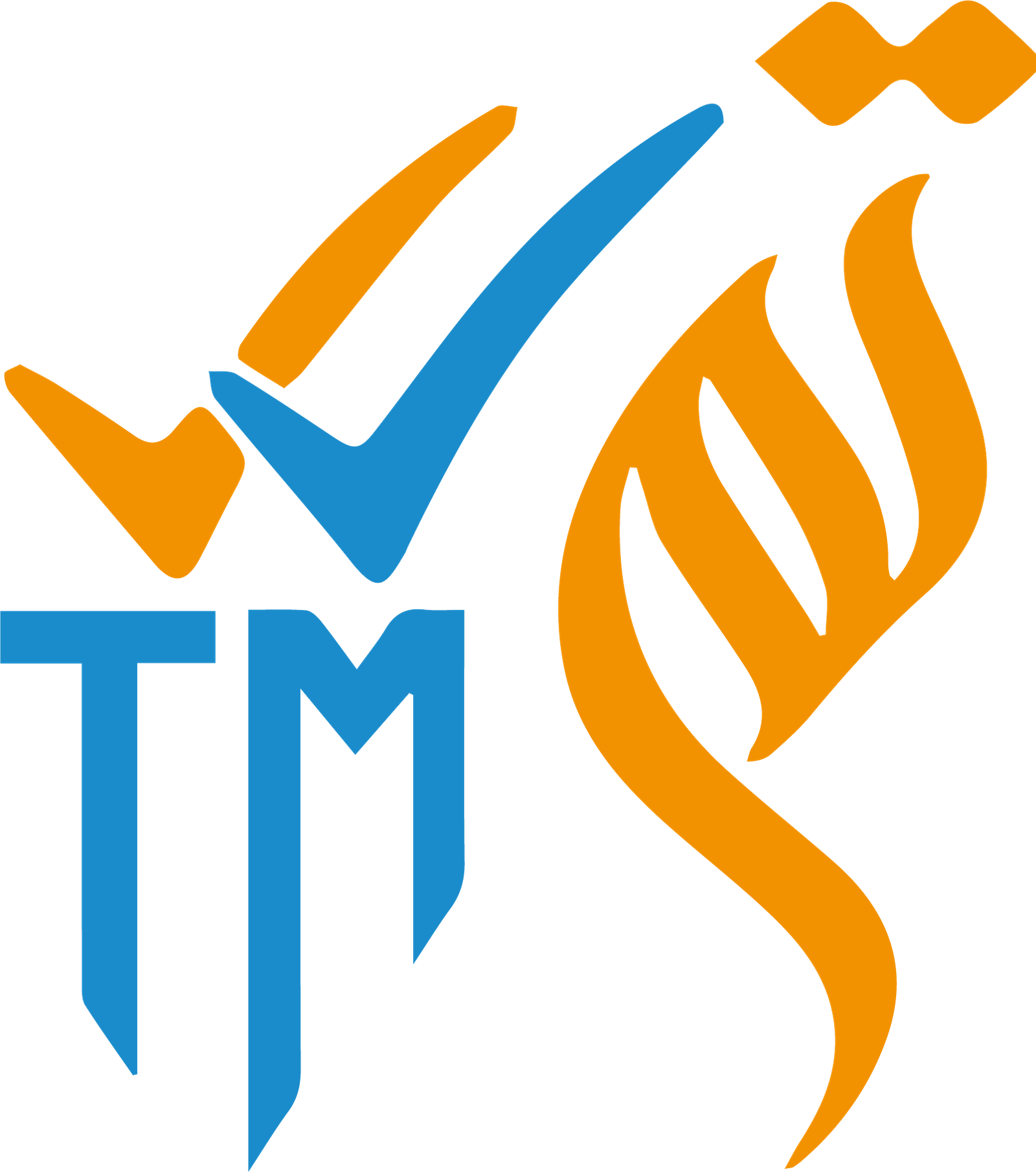You are absolutely right. Compliance alone is not enough to fully protect an organization from cyber attacks. While compliance standards and regulations are crucial in establishing a baseline for cybersecurity practices, they often focus on specific requirements and may not address all potential cyber threats adequately.
Here are some reasons why compliance is not sufficient to thwart cyber attacks:
1. Evolving Cyber Threats: Cyber threats are constantly evolving, with hackers developing new and sophisticated techniques to exploit vulnerabilities. Compliance standards may not always keep up with these rapidly changing threats.
2. Minimal Requirements: Compliance standards usually set minimum requirements for cybersecurity. While meeting these requirements is essential, they may not cover all the necessary security measures to protect against advanced attacks.
3. Lack of Customization: Compliance standards are typically one-size-fits-all and may not account for the unique risks and vulnerabilities specific to an organization. Each business has distinct IT infrastructure, data assets, and operations, requiring tailored security measures.
4. Reactive Approach: Compliance often focuses on responding to known vulnerabilities and incidents. It may not emphasize proactive measures to anticipate and prevent potential cyber attacks.
5. Human Factor: Many cyber attacks exploit human vulnerabilities, such as phishing and social engineering. Compliance may not adequately address the need for comprehensive cybersecurity awareness training for employees.
6. Third-Party Risks: Compliance primarily focuses on internal security controls, but cyber threats can also originate from third-party vendors and partners. Organizations need to assess and manage these risks effectively.
To enhance cybersecurity posture and truly thwart cyber attacks, organizations should go beyond mere compliance and adopt a proactive and comprehensive cybersecurity strategy. This includes:
1. Risk-Based Approach: Conducting regular risk assessments to identify and prioritize potential threats and vulnerabilities based on the organization’s unique environment and business objectives.
2. Continuous Monitoring: Implementing continuous monitoring and threat detection mechanisms to promptly identify and respond to suspicious activities and anomalies.
3. Cybersecurity Awareness Training: Educating employees about cybersecurity best practices and potential risks to empower them to recognize and report potential threats.
4. Incident Response Plan: Developing a well-defined incident response plan to quickly contain and mitigate the impact of cyber attacks if they occur.
5. Collaboration and Information Sharing: Collaborating with industry peers and cybersecurity experts to share threat intelligence and stay updated on emerging risks.
6. Security Testing and Penetration Testing: Regularly conducting security testing and penetration testing to identify vulnerabilities and weaknesses before malicious actors exploit them.
By combining compliance efforts with proactive security measures, organizations can build a robust cybersecurity framework that significantly reduces the risk of cyber attacks and enhances overall cyber resilience. Cybersecurity should be seen as an ongoing and evolving process, adapting to the ever-changing threat landscape to protect critical assets and data effectively.
